Summer Bliss
If you are like most people, the bliss of summer comes from enjoying your favorite outdoor activities, absorbing some golden rays, and taking time to relax on those lazy lingering days. The warm summer sun is a much-needed elixir for our soul. It can enhance our mood and boost our vitamin D levels, protecting us against various diseases.
The sun can also cause oxidative damage, predisposing us to accelerated aging and skin cancer. Skin cancer is the most common cancer in the United States, and its main cause is from exposure to ultraviolet (UV) rays from the sun.
Even with the health risks associated with UV rays, we don’t want to let that overshadow the tremendous health benefits we receive from the sun. Finding a healthy balance to maximize the reward of the sun’s golden rays while minimizing the risks associated with overexposure is the key.
So, let’s dive into the factors that determine what the “right” amount of exposure is, the benefits we receive from the sun, and some tips to help find a healthy balance between the risks and benefits:
Safe Sun Exposure
The amount of sun that is safe for each person is very individual. As a good rule, direct sun exposure should be kept at a minimum—about 5 to 30 minutes’ exposure to arms and legs twice per week. But, multiple factors influence your Goldilocks zone…just the “right” amount of time in the sun.
Factors that can increase or decrease the amount of time you can safely be in direct sunlight include:
Pigment
Melanin is the protective pigment in the skin that helps block UV ray absorption. More melanin means more protection from UV radiation, but it doesn’t mean people with dark skin tones can’t get skin cancer, so protecting your skin is still important.
Age
As we age, our skin changes and our defenses weaken. Skin loses collagen, fat, and water content to become thinner and more penetrable by UV radiation. Additionally, the body’s ability to repair DNA damage diminishes, leaving us more vulnerable.
Geographic Location
November to February, anything North of the 37th parallel (In the US, draw a line between San Francisco, Ca and Richmond, Va) will have an average UV index between 0-1. A low UV index means lower exposure, and the average time it takes to cause skin damage can be up to 60 minutes.
Smog
Living in a city with high smog levels will reduce your UV exposure. The reaction between heat, UV light waves, and smog minimizes the amount of UV radiation that can reach the surface.
Medications
Certain medications such as Retin-A, antibiotics, antihistamines, pain relievers, and medications to manage cholesterol or diabetes can cause photosensitivity. This sensitivity can be due to phototoxic medicines, which will react and damage the skin when exposed to UV light.
Health Conditions
Some diseases (such as Lupus) can increase your skin’s sensitivity to light. UV-Sensitive syndrome can result from DNA mutations, and Solar Urticaria or sun allergies occur when the immune system is activated and reacts when exposed to UV rays.
Benefits of Sun Exposure
The sun sometimes gets a bad rap – but it is not all bad! There are tremendously beneficial effects to enjoying a sunny day. Just make sure to enjoy it safely. Here are some of the excellent health benefits the sun offers us:
VITAMIN D
Sun exposure is a great way to get your fix of vitamin D—a nutrient and hormone in which most Americans are low. Research shows very little exposure is needed to get the right amount of absorption. In fact, simply standing outside for 30 minutes, twice a week, with your arms and legs exposed in the sun can usually provide your body with the recommended intake of Vitamin D. The simplest way to know if your levels are low is to ask your doctor to run a 25-OH Vitamin D test.
Mental Health
The light and warmth generated by the sun release endorphins and enhance our overall feeling of well-being. Low levels of Vitamin D can lead to Seasonal Affective Disorder, resulting in depression during different seasons when access to sunlight is reduced. Sun exposure has been shown to decrease these effects and lift the mood. Sunlight increases the brain’s release of serotonin, which can boost our mood and bring a feeling of calmness and focus.
Immune Support
A healthy immune system can help reduce your risk of infections, some cancers, and diseases. Vitamin D is critical in immune health, so getting a good dose of sunlight may be just what the doctor orders to help keep your system strong and healthy. The field of photoimmunology has also studied the energizing effect of the sun to help during infection by activating T-cells, which play a central role in human immunity.
Improves Sleep
The body starts producing melatonin when it’s dark, so you will typically begin to feel its effects about two hours after sunset. Regular exposure to sunlight helps regulate our circadian rhythm, which is the signaling pathway that lets your body know when to decrease or increase the level of melatonin. According to research, giving your body signals about when the day begins with exposure to morning light has been shown to help people sleep better.
Reduces Stress
Besides helping you sleep better, melatonin has a relaxing effect that can be a great stress reliever. The sun’s rays can increase your endorphins and help regulate your circadian rhythm to get enough melatonin. Add in a morning walk outside, and the moderate activity will provide the bonus of helping to amplify the stress-relieving benefits you’ll receive.
Strong Bones
In children, Vitamin D deficiency can lead to soft and weak bones, stunted growth, and possibly lead to skeletal deformities. In older adults, the kidneys cannot convert vitamin D to the active form, increasing the risk of deficiencies—causing brittle, weak bones or possibly leading to osteoporosis. Vitamin D produced by sun exposure and supplementation plays a vital role in forming and maintaining strong, healthy bones.
Cancer Prevention
Excessive sun exposure and damage contribute to skin cancers, but a healthy dose of the sun’s rays can help prevent specific cancers. Research has shown that those who live in places with shorter daylight hours are at higher risk for certain cancers. In contrast, getting a healthy dose of sunlight has the opposite effect, by having a protective quality against cancers, such as colon cancer.
Finding a Healthy Balance
Being in the sun makes us feel good—and can be good for our health in small doses. Finding a healthy balance will help minimize our risks while maximizing our benefits from the sun.
It’s easier than you might think to enjoy the sun safely. These tips will help ensure you get some summer bliss without fear of significant consequences:
Don’t Be Fooled By Clouds
There can be a false sense of security on a cloudy day. While the clouds may reduce some of the sun’s UV rays, they don’t eliminate them. Remember, it’s the UV rays that cause skin damage—not the temperature.
Dress To Protect
Wear long sleeves and pants when possible. There are many excellent UPF tech clothing options made with cooling and lightweight fabrics. Also, rash guards are a great way to minimize exposure while enjoying the beach.
Cover Up
A wide-brimmed hat gives your head and face some added protection. The most common places for skin cancer are on the face and scalp. And don’t forget about your eyes! Wear UV-blocking sunglasses to protect your eyesight. Ocular melanoma is the most common eye cancer.
Travel Safe
Protect yourself against the UVA exposure that comes through airplane windows. UVA rays penetrate deeper into the skin and cause wrinkles and age spots (photoaging). Also, not all back seat windows in vehicles have UV protection, so be mindful and take necessary precautions when traveling.
Avoid The Danger Zone
Stay out of the sun between 10 am – 4 pm. The UV rays are most intense at noontime when the sun is directly above us. This is when the rays have the least distance to travel. The UV index in noonday can reach extreme levels at 11+ and cause skin damage within minutes, so take extra precautions if you plan to be outside during these hours.
Use Safe Sunscreen
The last thing you want is to choose a sunscreen that puts you at more health risks with carcinogenic chemicals and endocrine-disrupting. Choose a good mineral sunscreen that will provide safe and natural sun protection. Also, don’t forget to reapply! Sunscreen can protect your skin for up to 2 hours, but if you are sweating or going swimming, plan to reapply every 30 minutes.
Find Shade
An indispensable defense is a shade. There’s no better way to enjoy the warmth of the sun in your backyard than with an umbrella or sail shielding most of the UV rays. But, no shade can completely shield you from indirect exposure. The sun’s rays can reflect off light-colored surfaces and bounce under the shade. Reflected UV radiation is still dangerous, so take precautions.
Share With Others
Okay, this isn’t a direct precaution to protect your health, but it is vital to protecting our loved ones and society. After all, skin cancer IS the most common cancer in the United States. So, share your sun-safe knowledge and habits with others, especially children! It only takes a single blistering sunburn to increase a person’s risk of skin cancer.
Vitamin D Sources
Vitamin D is fat-soluble that has several essential functions in the body, including immune health. But its most vital role is probably the regulation of calcium and phosphorus absorption to maintain healthy bones.
This “sunshine vitamin” is produced naturally in the skin in response to exposure to sunlight. 5 to 30 minutes’ exposure to arms and legs twice per week (without sunscreen) will help produce vitamin D3. I recommend wearing a hat, sunglasses, and a mineral-based sunblock on your face any time you’re in the sun.
The best way to ensure you get your recommended intake of Vitamin D is through foods and supplements like these:
Cod liver oil: 1 tsp has 400-1,000 international units (IU)
Egg yolk: 1 egg has 30 IU
Shiitake mushrooms (sun-dried): 3.5 oz has 1,600 IU
Wild, fresh salmon: 3.5 ounces has 600 to 1,000 IU
Tuna: Canned light tuna has 268 IU
Supplements: The Spa Dr.® Skin, Hair & Nails Support has 2000 IU
Fortified Foods: Many food items like cereals, milk, orange juice, and oatmeal are fortified with Vitamin D to help improve nutrition.
Yes, the sun’s rays are potent, and overexposure can bring some high risks to our health. But, don’t let those risks scare you away from reaping the benefits. Take precautions to protect your skin and health. Then go—enjoy those warm golden rays and find your summer bliss in nature.
The Spa Dr.® Approach
At The Spa Dr.®, our approach is to help shine the light on skin care information and offer our guidance to nurture your skin care journey. We believe we provide information that will help support your self-care and healing, and we want you to feel safe and cared for within our community!
The Spa Dr.® offers natural skin care products safe and free from chemicals and toxins that can harm your skin and health. Our products are formulated to contain key nutrients in their pure and active form to provide optimal results. In addition, our products are pH balanced towards mild acidity to promote and protect a healthy skin microbiome.
If you are not already part of The Spa Dr. community, please join us at TheSpaDr.com and on social media.
Share this article with your friends and spread the word to promote natural beauty!
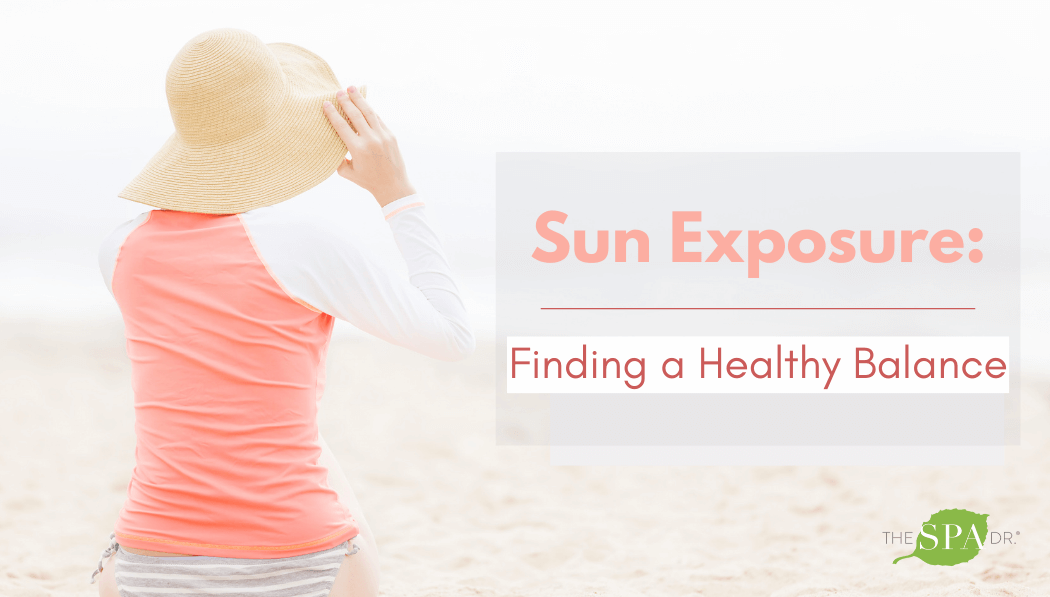
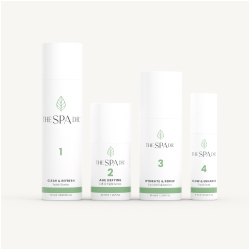
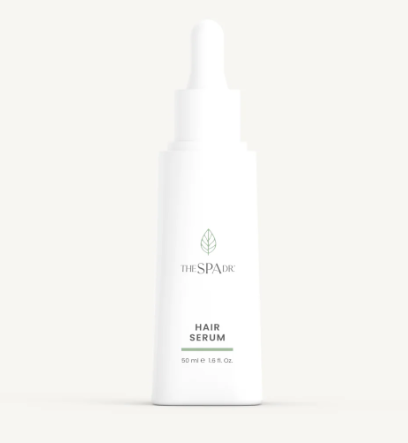
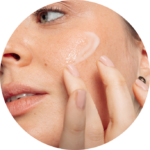

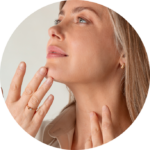

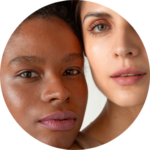
Reader Interactions